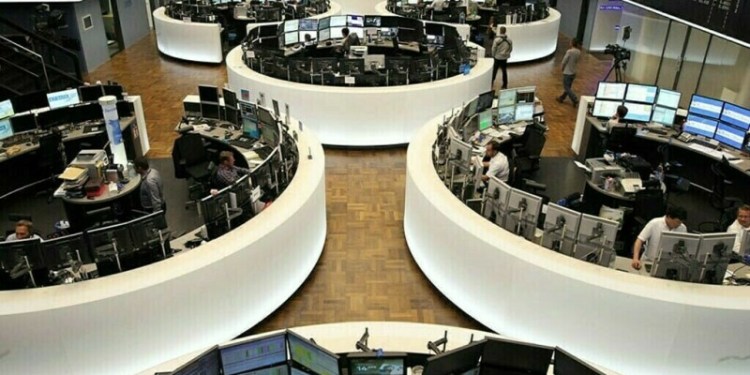By Ann Saphir
SAN FRANCISCO (Reuters) – The Federal Reserve should continue to raise rates gradually over the next two years, a U.S. central banker said on Friday, with higher borrowing costs perhaps beginning to act as a brake on growth starting early next year.
The Fed is about three rate hikes away from reaching a “neutral” level, where interest rates are neither adding to or taking away from economic growth, San Francisco Fed President John Williams told Reuters in his last interview before the Fed’s June policy-setting meeting, when the U.S. central bank is expected to raise its target range for the short-term benchmark interest rate to 1.75 percent to 2 percent.
Neutral, Williams said, is probably around 2.5 percent, meaning that rates above that level would likely act to slow economic growth.
“The notion that we are trying to stimulate growth to be beyond the longer-run trend … that is no longer the relevant context of thinking of monetary policy once we get closer to neutral,” Williams said.
If the U.S. economy stays strong and inflation remains at or somewhat above the Fed’s 2 percent goal, he added, “that could mean that interest rates go above neutral for a period of time.”
“I don’t view our policy path as just getting to neutral and saying, ‘okay we’re done'” he said.
The Fed currently describes its monetary policy stance as accommodative and includes in its regular post-meeting statement a promise to keep rates lower than otherwise “for some time.”
As rates rise, Williams said, that language is “no longer either accurate or… really that useful.”
Asked if those words should be removed from the statement at the Fed’s next meeting, on June 12-13, Williams said it will be up to the policy-setting committee on the exact timing.
GRADUAL, NOT STALE
The Fed is expected to increase its target range for the short-term benchmark interest rate to 1.75 percent to 2 percent, marking the second of an expected three or four rate hikes this year. Forecasts released in March show Fed officials expect to deliver three more interest rate increases next year.
Williams said he is sticking with his view that the Fed should raise rates two or three more times this year and further next year.
Earlier on Friday a government report showed U.S. employers added 223,000 jobs in May, more than expected, and raised hourly earnings 2.7 percent over a year earlier.
“Given that the labor market’s strong, growth momentum is solid, and the inflation data is showing that we are getting very close to or near our inflation goal … we should continue the path that we are on, which is the gradual rate increases over the next two years,” Williams said.
The strong employment report added to a string of upbeat economic data, including consumer spending, industrial production and construction spending, that have suggested economic growth is regaining speed.
The New York Fed’s forecasting models suggest GDP is growing at about a 3.3 percent annual pace this quarter; Atlanta Fed’s model points to a blistering 4.8 percent pace of growth.
And there is likely more to come. A $1.5 trillion income tax cut package and an increase in government spending is yet to filter through the economy, and is expected to boost growth, wages and inflation.
On the other hand, there are also renewed fears of a trade war after the Trump administration imposed tariffs on steel and aluminum imports from Canada, Mexico and the European Union, which swiftly retaliated with their own tariffs.
Risks to the outlook, Williams said, are therefore “roughly balanced,” the same words the Fed has used to characterize risks for many months.
Later this month Williams will move to New York to head the Fed bank there, giving him a permanent vote on Fed policy-setting and a deeper role in shaping the Fed’s post-meeting statement.
As rates rise, he said, the Fed needs to use “less forward guidance,” conveying its intentions in fewer words and relying more on numbers, such as those contained in its quarterly forecasts for unemployment, GDP growth, inflation and interest rates
But he did signal he believes the Fed should continue to use at least one word for the next while.
“‘Gradual’ is not in any way stale,” he said.
Source: Investing.com



























